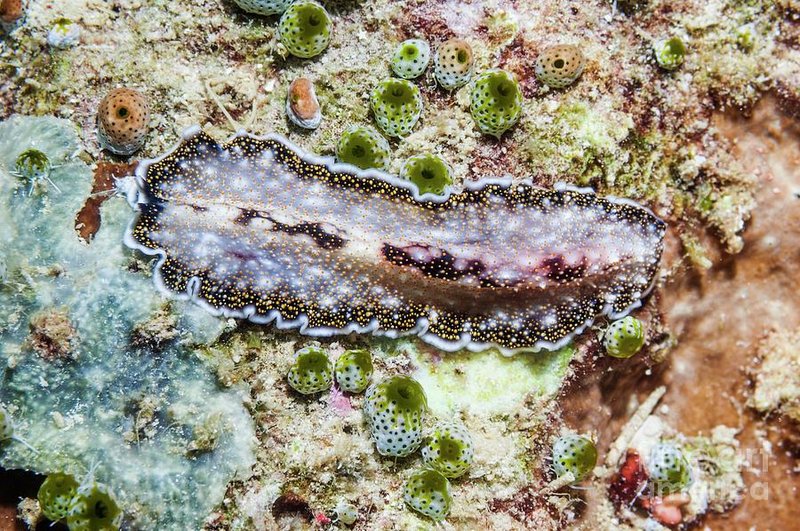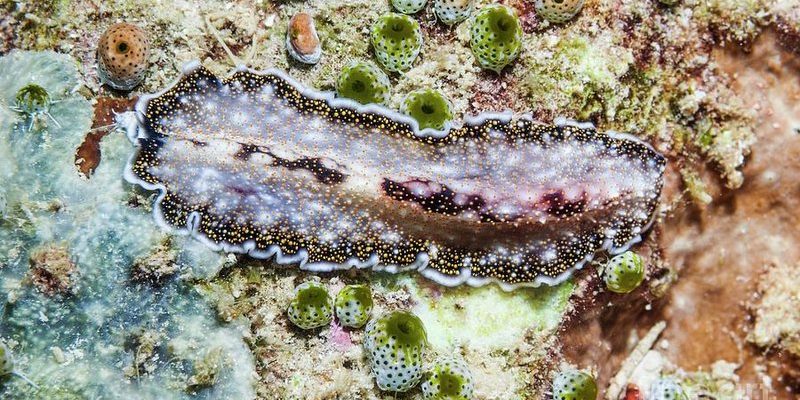
Flatworms are soft-bodied invertebrates that come in a variety of shapes and colors. They’re commonly found in aquatic environments, but you might also see them in moist soil or under rocks. This article will guide you through identifying flatworms in their natural habitat, whether you’re walking along a freshwater stream or exploring the sea. Knowing a bit about them can enhance your appreciation for these little creatures and help you recognize them on your next adventure.
What Are Flatworms?
Flatworms are part of a group of organisms known as Platyhelminthes. Unlike many other creatures, flatworms have a flattened body shape, which is where they get their name. With over 20,000 species, these worms can be found in various sizes—from just a few millimeters to over a meter long, depending on the species.
You might be wondering why these little guys are important. Flatworms play a significant role in the ecosystem. They help decompose organic matter and serve as food for various fish and birds. Some flatworms, like planarians, even have remarkable regenerative abilities! If you cut one in half, it can regenerate its lost parts. This makes them not only fascinating to observe but also valuable for scientific study.
Where to Look for Flatworms
Flatworms thrive in diverse habitats, but they tend to favor damp or aquatic environments. You can often find them in:
- Freshwater ecosystems: Look in ponds, lakes, or streams where they may glide along the bottom or hide among vegetation.
- Marine environments: They often inhabit the seafloor, hiding under rocks or coral, especially in tide pools.
- Moist terrestrial settings: Some species live in the soil or under leaf litter in gardens or forests.
When you’re outside, pay close attention to the water’s edge or any shaded, moist areas. Flatworms often prefer these spots because they offer cover from predators and the right moisture levels for their survival. You might need to take a closer look, as they can blend in with their surroundings.
Key Characteristics of Flatworms
Identifying flatworms in their natural habitat can be a bit tricky at first, but there are several characteristics you can look for. Here are some key features to help you spot them:
- Body shape: Flatworms are, as their name suggests, flat and ribbon-like. They usually have a smooth appearance.
- Color: They can display vibrant colors or patterns, often helping them blend in with the environment. Some are almost transparent!
- Movement: Flatworms glide smoothly over surfaces, using their cilia (tiny hair-like structures) for locomotion.
If you see something that looks like a thin, wiggly ribbon, don’t assume it’s just a piece of seaweed or plant debris! Take a moment to observe its movement and color. Those are strong indicators that you’ve found a flatworm.
Common Types of Flatworms
Several flatworm species have unique features that can help with identification. Here are three common types you might encounter:
1. Planarians
Planarians are probably the most well-known flatworms due to their impressive regenerative abilities. They usually have a broad, triangular head and can range from brown to grey in color. Look for them in freshwater habitats, particularly in shallow waters.
2. Marine Flatworms (Turbellaria)
These can be quite colorful and are often seen in tidal pools. They tend to have bright red or orange hues with intricate patterns that can catch your eye. Marine flatworms are often found hiding among coral or rocky crevices.
3. Liver Flukes (Trematoda)
Unlike the first two types, liver flukes are parasitic flatworms. While not typically seen in the wild like planarians, knowing about them is essential, especially if you’re studying flatworm biology. They can cause health issues in hosts, so they tend to lurk in animal tissues.
Each of these flatworm types has specific habitats and behaviors, making them even more interesting to observe. If you encounter one, take a moment to appreciate its unique features!
Tips for Observing Flatworms Safely
If you’re excited to find flatworms, here are a few tips to help ensure you observe them safely without harming them or their environment:
- Be gentle: Flatworms are delicate creatures. If you spot one, avoid touching or disturbing it. It’s best to take pictures instead!
- Use a magnifying glass: To really appreciate their features, bring along a magnifying glass or a smartphone camera with a good zoom. This way, you can get a closer look without getting too invasive.
- Educate yourself: Learn about the specific environment you’re in. Some flatworms may have unique behaviors based on local conditions.
Being a responsible naturalist means respecting the creatures you discover. Observing with care ensures that flatworms and their habitats remain protected for future exploration.
Why Identifying Flatworms Matters
You might be thinking, “So why should I bother identifying flatworms?” Honestly, understanding these creatures contributes to a greater appreciation of biodiversity and environmental health. Flatworms can serve as bioindicators, meaning their presence or absence can tell you a lot about the quality of their ecosystem.
Recognizing flatworms also opens the door to learning about their roles in food webs, their ecological significance, and even their evolutionary adaptations. Who knows? You might even inspire others to care about and protect these little-known wonders of nature.
Identifying flatworms in their natural habitat can turn an ordinary nature walk into an extraordinary adventure. With an understanding of where to look and what to observe, you’re more likely to spot these slippery, fascinating creatures. Remember their key characteristics, the common types you might encounter, and the importance of treating them with respect.
The next time you’re by a stream or exploring a tide pool, take a moment to stop, look closely, and appreciate the hidden life around you. After all, there’s a whole world beneath the surface just waiting to be discovered!

